A Grim Feminist Western: Exploring Female Suffering in the Wild West
Brimstone is a historical drama set in the Wild West that unflinchingly portrays the various forms of suffering endured by women.
The story centers on a mute young woman named Liz (Dakota Fanning) who lives with her husband, daughter, and stepson. When she assists a neighbor during a difficult childbirth, she is forced to kill the infant to save the mother’s life. This act draws the attention of the local preacher (Guy Pearce), who begins to terrorize Liz, going far beyond the bounds of typical religious condemnation.
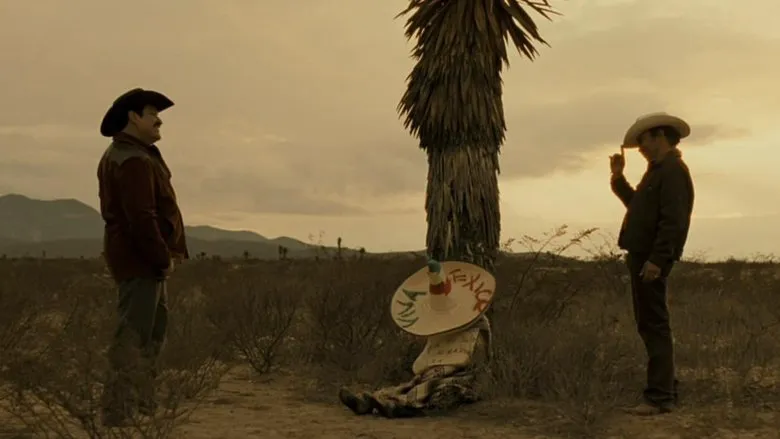
Unflinching Portrayal of the Wild West
While even the most hard-hitting American directors often imbue their Westerns with a sense of nostalgia for a time perceived as the epitome of national individualism, Martin Koolhoven, a Dutch filmmaker, offers a starkly different vision. Brimstone, despite being filmed in English with an international cast, is devoid of any romanticism. Instead, it presents the Wild West as a nightmarish era defined by the constant and pervasive abuse of women.
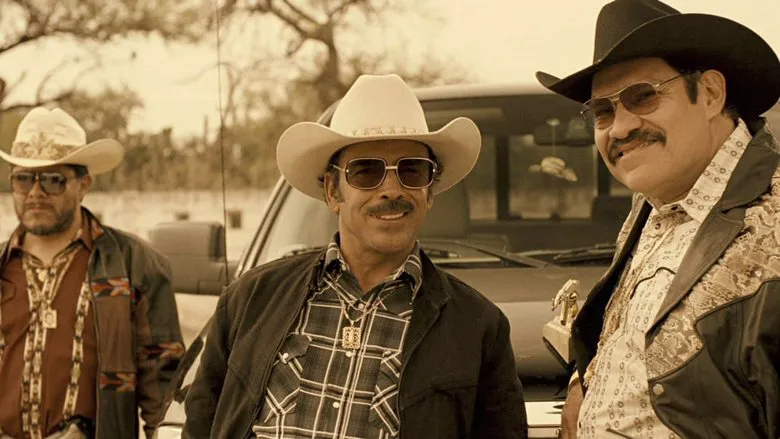
A Compendium of Cruelty
Clocking in at nearly two and a half hours, Brimstone is divided into two distinct parts: graphic violence, primarily perpetrated by men, and the tense anticipation of when a man will next reach for a gun, revolver, knife, or whip. Koolhoven uses this extended runtime to create a comprehensive catalog of cruel, sophisticated, and often perverse acts of abuse. The film explores psychological torture, rape, sadistic sex bordering on murder, mutilation, slow and swift executions, beatings, and, disturbingly, incest with minors.
While not all of these acts are shown in graphic detail, and Koolhoven doesn’t revel in every horrific scene, the film’s implications and what it does depict are enough to drive some viewers from the theater.
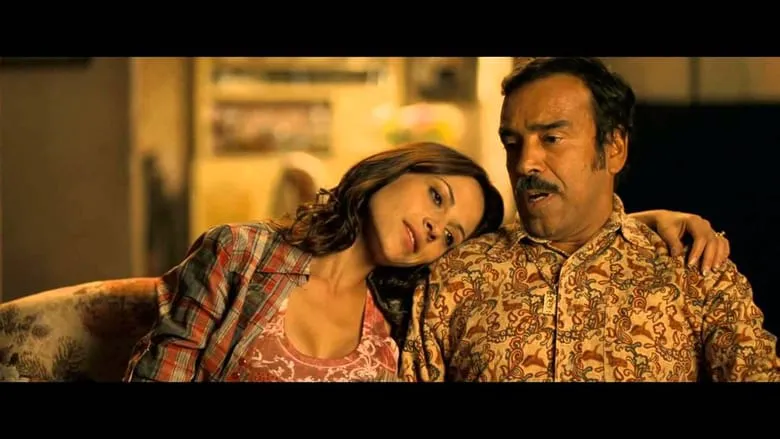
The film was shot entirely in Europe – in Spain, Hungary, Germany and Austria. The director had hoped that Hollywood would invest in the film, but was only able to negotiate European funding.
Themes of Abuse and Power
The film’s central themes are clear: violence against women and girls is unacceptable, and absolute power corrupts absolutely. “Absolute power” in this context refers to all forms of male dominance over women: the power of a husband, a father, a police officer, a preacher, and even a client in a brothel. The nameless Preacher embodies many of these corrupted forms of power, but the film also features other men who behave similarly. Even those few characters who seem angelic in comparison to the Preacher are far from flawless. The film makes it clear that the Preacher, despite his extreme mania, is not an exception to the rule.
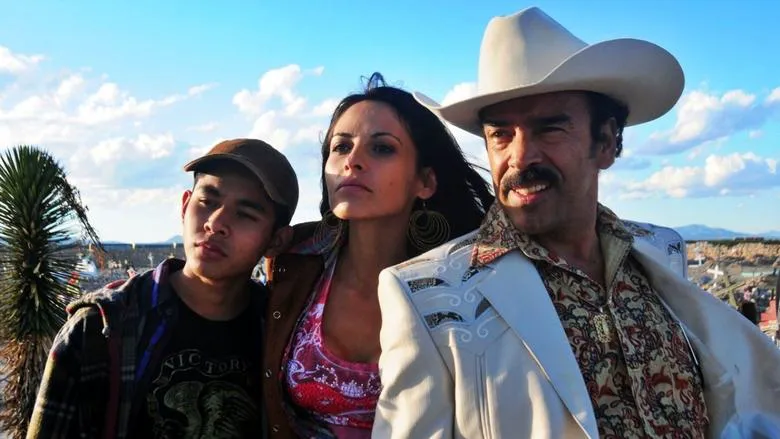
During filming, Guy Pearce and his on-screen partner, Dutch star Carice van Houten, began a relationship. In August 2016, they had a son.
Women as Victims and Survivors
While the men in Brimstone are portrayed almost exclusively as tormentors, the women are divided into those who passively accept abuse and those who try to escape or fight back. Liz belongs to the latter group, and the film celebrates her resilience and unwavering spirit. However, her strong character does not protect her from harm, and she is often treated like a plaything by the villains. The film doesn’t even end with a traditional happy ending, although there are hints of optimism in the epilogue.
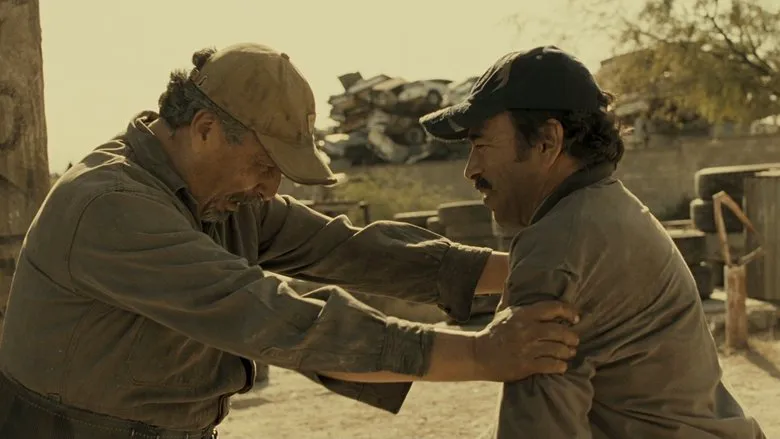 .jpg “Scene from “Brimstone””)
.jpg “Scene from “Brimstone””)
Overwhelmingly Powerful
Brimstone is undeniably a powerful film, but perhaps too powerful. By the midpoint, it becomes difficult to empathize with the characters, as the film exhausts the viewer’s emotional capacity by piling one scene of suffering upon another. The second half of the film is spent nervously chuckling at each new twist of sadism and glancing at the clock, wondering when the ordeal will end.
If Koolhoven’s goal was to shatter the romanticized image of the Wild West, he succeeds with a skillfully crafted, dark visual style, an even darker plot, and charismatic performances. However, this theme could have been explored more effectively without the overwhelming tower of pain, which is more likely to attract those with morbid interests than viewers who already understand that torturing and killing women is wrong.